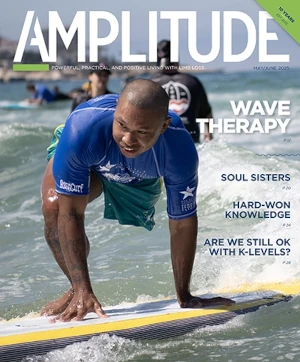
A nerve-like assemblage created by protein nanomotors acting on polymer filaments at Sandia National Laboratories. Image courtesy of Sandia National Laboratories.
Scientists at Sandia National Laboratories, Albuquerque, New Mexico, have created linkages of polymer nanotubes that resemble the structure of a nerve that, in a future application, could lead to gentler prosthetic interfaces. The researchers say that a network of the polymer nanotubes could extend prostheses users’ nerves, serving to improve communication with the prosthetic device and reducing inflammation in the nerve tissue that rigid electrodes can cause. Their research was published in the journal Nanoscale.
“This is foundational science, but one possibility we see, way down the road, is to use soft artificial structures like these to painlessly interface with the body’s nerve structures,” said researcher Wally Paxton, PhD.
Creation of the neural structure, unachievable by normal manufacturing techniques, begins by altering the behavior of kinesin motor proteins-biological machines found in every human cell. These tiny motors normally carry material from one part of a cell to another, carrying them on a vertical body with two legs, as portrayed in video graphics. These stride along protein microtubules that form the cell structure. Turning nature’s machinery on its head, the researchers used known techniques to glue the “shoulders” of kinesin motors to a glass substrate. This prevents their bodies from travelling, but their “legs” above them continue their vigorous movements. These pass microtubules above them, like an audience crowd-surfing entertainers on upraised hands.
The microtubules, precoated with a sticky substance, pinch off polymer nanotubes from the sphere that lengthen as the kinesin motors travel on. The process resembles stringy strands of cheese lengthening as a piece of pizza is removed from a pan, said Paxton.
As the nanotubes lengthen and crosslink, they form structures, networks that range from hundreds of micrometers to tens of millimeters in total size and are composed of tubes 30 to 50 nanometers in diameter.
“One goal of our work is to make an artificial, highly branched neural structure,” said George Bachand, PhD. “The next step is, can we wire them together? The answer is, the motors should do it naturally. And two such networks, joined together, would have self-healing built into them. The motors never stop running until they run out of fuel. A neural branch breaks, and then a motor can act on that area to produce a new branch.”



